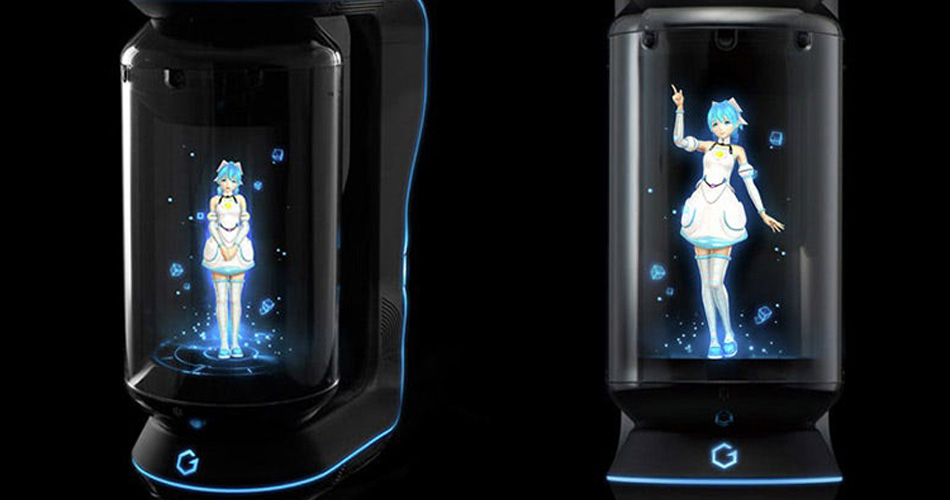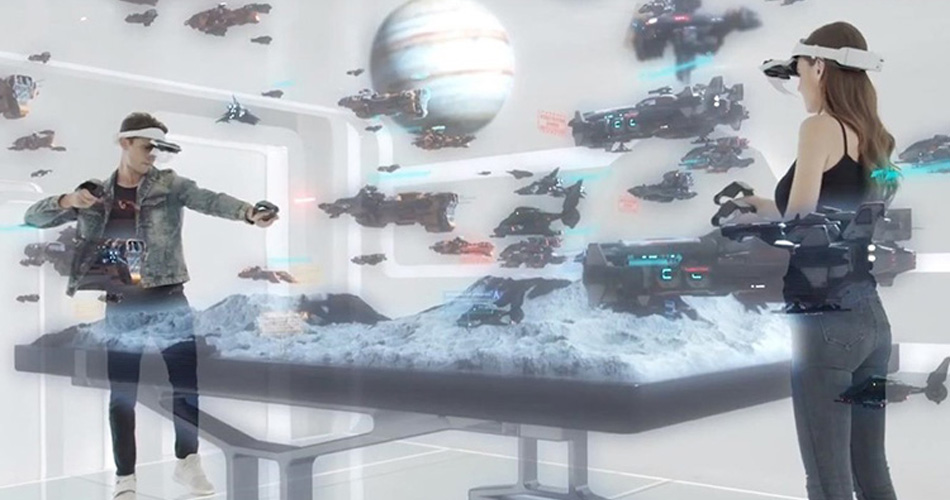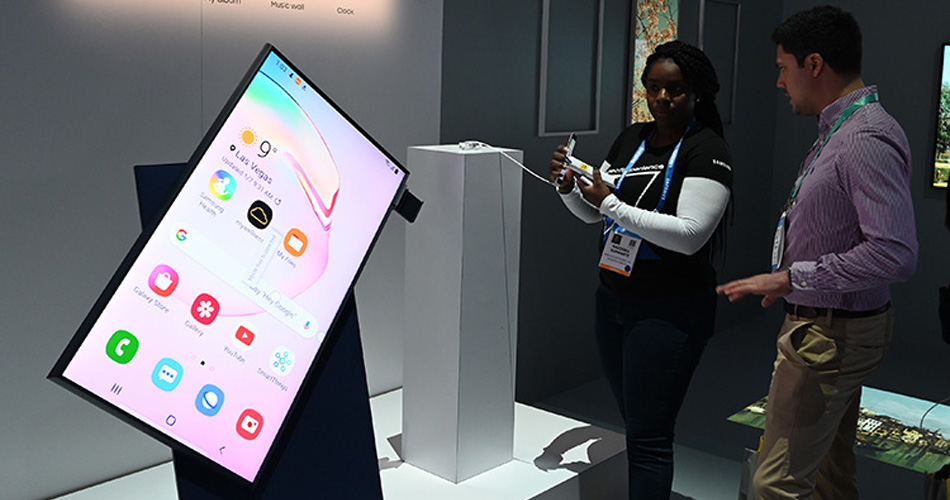At this year’s CES, I felt a shift in focus from virtual reality (VR) to augmented and mixed realities (AR, MR) as leading manufacturers race against one another to make sleek, affordable and fashion-forward digital eyewear. NReal, Norm Glasses and MadGaze are a couple of brands who made a real impact. However, I didn’t feel like any of the products were really there yet. Several demos failed, and a lot of the glasses I tried on were still too heavy for them to be comfortable when wearing them for longer periods of time.
Ximmerse’s stand alone RhinoX MR headset was impressive and comes with a museum application, which makes it perfect for events. Featuring a wide field of view and multi-user capabilities, it’s unique tag system for anchoring content in environments is ideal for events and exhibitions, allowing exhibitors and organisers to store digital documents within a virtual space. More notable however is the price point, rumoured to be in the couple hundred-dollar range, which could give Microsoft’s Hololens2 and Magic Leap a run for their money which currently cost significantly more.
Samsung teased us by revealing they’re working on an AR headset during their press conference—but, probably most unexpected was Panasonic showcasing VR goggles that weigh only 150 grams and actually look pretty cool. They say they don’t plan to manufacture them, but I’m sure their mere existence will make headset leaders take notice and start working on new designs for next year. Lighter, sleeker and less fussy headsets would increase audiences for AR-VR-MR content at events as more people would be inclined to use them.
My favourite VR products at CES were new accessories. Cybershoes simply strap onto your feet and allow you to ‘walk’ or ‘run’ around inside virtual worlds from a seated position. Super eye-catching was Virtusphere, a large sphere you step inside to also roam freely in VR. Tegway are a fascinating manufacturer who produce flexible thermoelectric technology for VR face masks, gloves and armbands which enable you to feel temperature, like a snowball or fireball crashing across your body. It was awesome! Anything that can turn VR into more of a multisensory experience increases the chances of the content, as well as the exhibition stand, being more memorable and impactful—therefore, adding a whole new dimension to delivering brand messages effectively.


